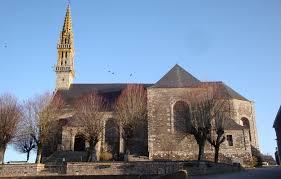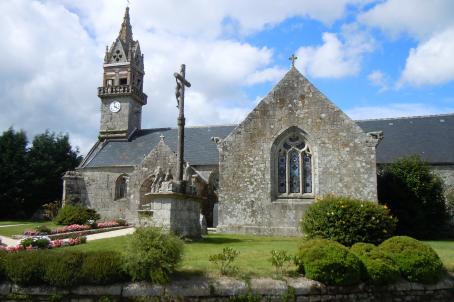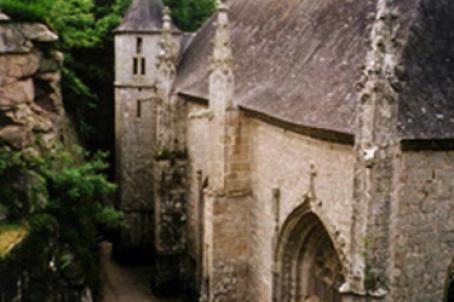Church of Saint-Pierre
The Church of Saint-Pierre is located in Spézet, in Brittany. The construction of the building dates back to 1709, in place of an old, sixteenth century church. The western part is surmounted by a steeple decorated with two balustrades and a stone spire. To the south, there is an elegant porch sheltered by an imperial roof. The interior is decorated, including a classified preaching pulpit, added in 1763.
About this building
The Church of Saint-Pierre church is located in Spézet, in Brittany. The construction of the building begun in 1709, at the highest point of the village, replacing an old church dating from the sixteenth century.
The church constructed to a Latin cross plan: it is composed of a nave, a transept, a choir and ends with an apse. The western part is topped by a steeple that is adorned with two balustrades and a stone spire rising to thirty meters. To the south, there is an elegant porch sheltered by an imperial roof. Typical of the regional architecture of the time, the ensemble is built in cut granite blocks, and covered with paneled coffered frames. The paneling, painted blue in the 17th century, was replaced or repainted in yellow ocher at an unknown date. Frescoes in trompe-l'oeil decorate the choir.
Two side altars bear magnificent paintings by the Hermittais: "Deposition of the Cross" and "Adoration of Shepherds", both of which were painted in the eighteenth century. There is also, among the furniture, the preaching pulpit, added in 1763, and now classified as a Historic Monument.






